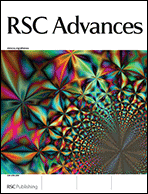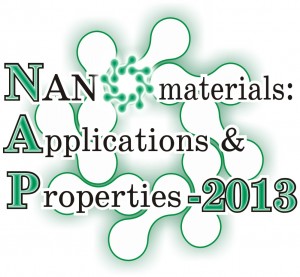We are delighted to announce that submissions are open for our new web-themed issue on Tribology.

In this themed issue we seek to highlight the highly interdisciplinary nature of the field of Tribology to illustrate the rich chemistry found within interfaces in sliding contacts and the tight connection between chemistry, biology and mechanics.
We would like to encourage you to submit to this special issue to help highlight the important innovations in this field and illustrate the challenges faced in examining such systems from experimental and theoretical perspectives.
Articles can be submitted from now until the 28th February 2014 – submit your work today! Please indicate in your covering letter that your submission is for consideration for the Tribology issue.
If you have any queries or for more information, please contact the Editorial Office: advances-rsc@rsc.org.
This collection will also include contributions from the BP Castrol- RSC International Symposium on Tribology and Lubricants. This symposium will be held in Wuhan (19th November 2013) and Shanghai (21st November 2013). More details of the excellent speakers are on the website. Register for this event for free online.











![GA[2]](https://blogs.rsc.org/ra/files/2013/09/GA2.gif)
![GA[1]](https://blogs.rsc.org/ra/files/2013/09/GA1.gif)
